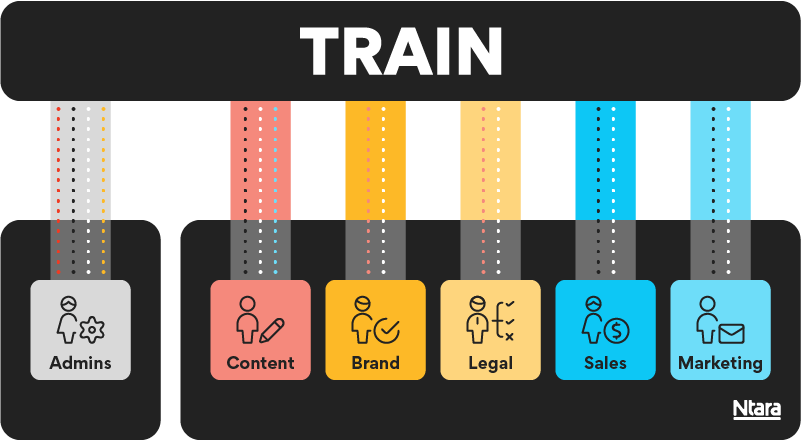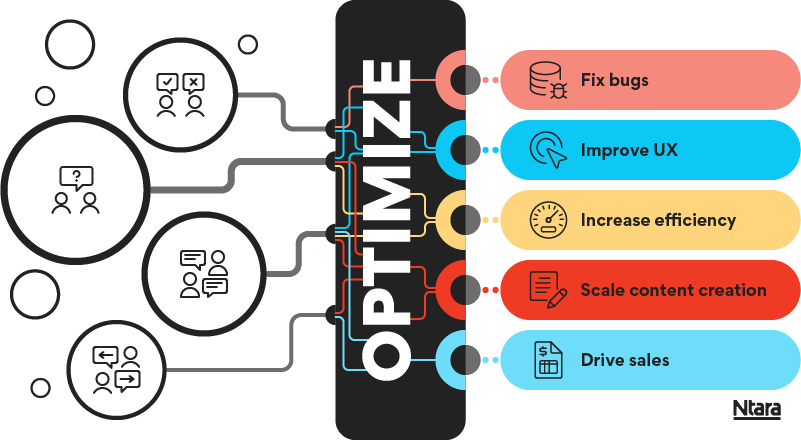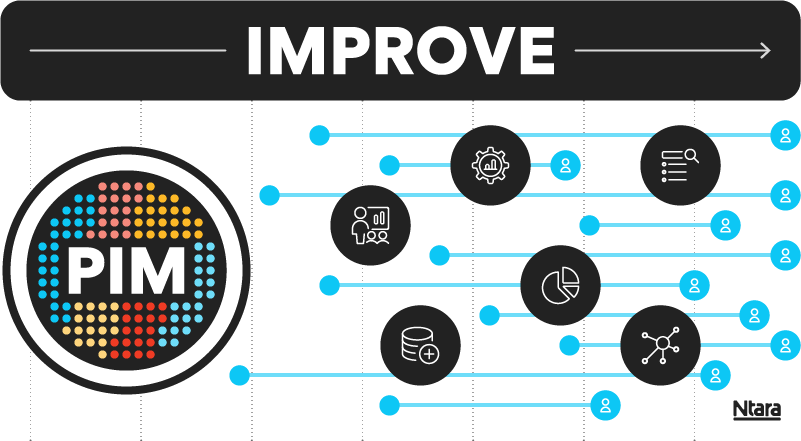If you’ve successfully implemented product information management or PIM software, kudos! It’s a big achievement and an immense cross-functional team effort. To launch a PIM software, you likely leveraged your organization’s marketing, IT, product content, and project management teams. The time and resources you’ve put in will pay dividends as you streamline your product content management and distribution.
But wait, there’s more you can do! (Too soon?)
The truth is, if you want to capitalize on your investment, there really is more to do.
Following any big system integration, there are training and maintenance opportunities to get the most out of the tool.
- Your team needs to know how to use it.
- You will continuously find optimization opportunities.
- The adoption and buy-in process are ongoing.
These three keys to PIM adoption require a change in mindset and behaviors. PIM systems warrant strategic, intentional change management plans.
The change management following a PIM is categorized as developmental change management. It’s a method for internal and external process and strategy changes. That’s perfect because PIM software also manages input and output improvements. There’s a lot that comes with change management and a lot of buzz about what it is.
Get started with PIM software training
Getting multiple people to learn a new way of working can be difficult. So, how do you get your team on board?
Training can be as informal or formal as your company prefers. What’s important is that you establish a plan. Leaders who create standard operating procedures, physical sessions, or virtual classes lend credibility and commitment to PIM software. After your initial investment in implementation, it’s worth the follow-up of an adoption plan.
Establish an overarching training for your PIM software administrators and users. Admins need to know how to change the tool as your business evolves. Users will vary with different roles and permissions.

Create task-specific training for content writers, brand or legal reviewers, and instructions on content access for sales and marketing teams. Invest in training materials that are live and engaging, documented, recorded, and easy to repurpose.
Optimize your PIM software instance
Depending on the state of your current PIM software system, you may already have ideas for enhancements. But it’s important to use it for a while, to give everyone time to make informed evaluations.
Talk to your internal and external stakeholders. Learn how they intended to use PIM software and how they use it today. Take note of any bugs or UX improvements. Use examples to show how PIM software enhancements can make users more efficient, scale content creation, and drive sales. You may be ready to add channels, syndicate to retail partners, update workflow approvals, or add and train more users.

Don’t let the ongoing process of adoption deter you. Consider it an opportunity to get more champions on board, fresh eyes, and more contributions to your larger vision. New people will join your team and need training, and everyone will need refreshers as your PIM system evolves.
Consider change management a series of levers to pull over time.
- Regular communication is key.
- Create and maintain an intentional communication plan.
- Give updates on PIM software features, process, and team success or learnings.
- Add training to new hire onboarding.
- Share regular updates on functionality improvements, training resources, and big wins.
- Ensure everyone knows and remembers the history of the project.
- Remind the team why it’s important—how it makes their work more efficient, provides a better user experience, and generates sales.
- Celebrate successes.
- Literally have a party and take a break from all the work.
- Give shout outs to SMEs that contribute to continuous optimizations by defining bugs or teaching others how to use the PIM system.

With regular communication, reinforce a philosophy of PIM as the source of truth for product content. Invest time in messaging to get your team aligned to a shared vision. This improves culture and drives customer loyalty with consistent branding and regular content enhancements.
Over time, your PIM software instance should evolve to improve your content’s efficiency and quality, increase market speed, and optimize your cross-sell and upsell opportunities.
A change management plan that consists of training, optimization, and recurring value-based conversations will help you achieve true business value with PIM software.